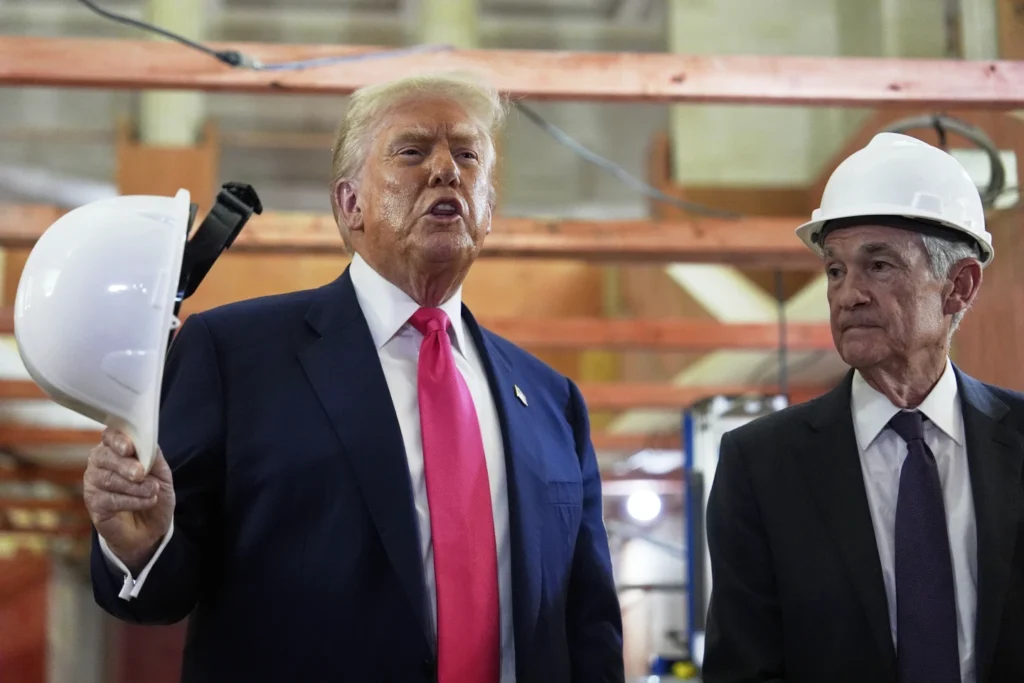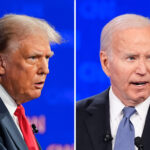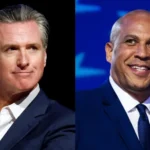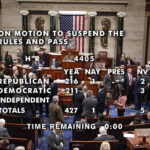Trump Calls on Fed Board to Wrest Full Control from Chair Powell/ Newslooks/ WASHINGTON/ J. Mansour/ Morning Edition/ President Donald Trump called on the Federal Reserve’s board to override Chair Jerome Powell, criticizing him for holding interest rates steady. Trump wants aggressive rate cuts to stimulate growth and lower borrowing costs, despite inflation running above target. The move signals Trump’s escalating battle with the central bank ahead of key 2026 appointments.
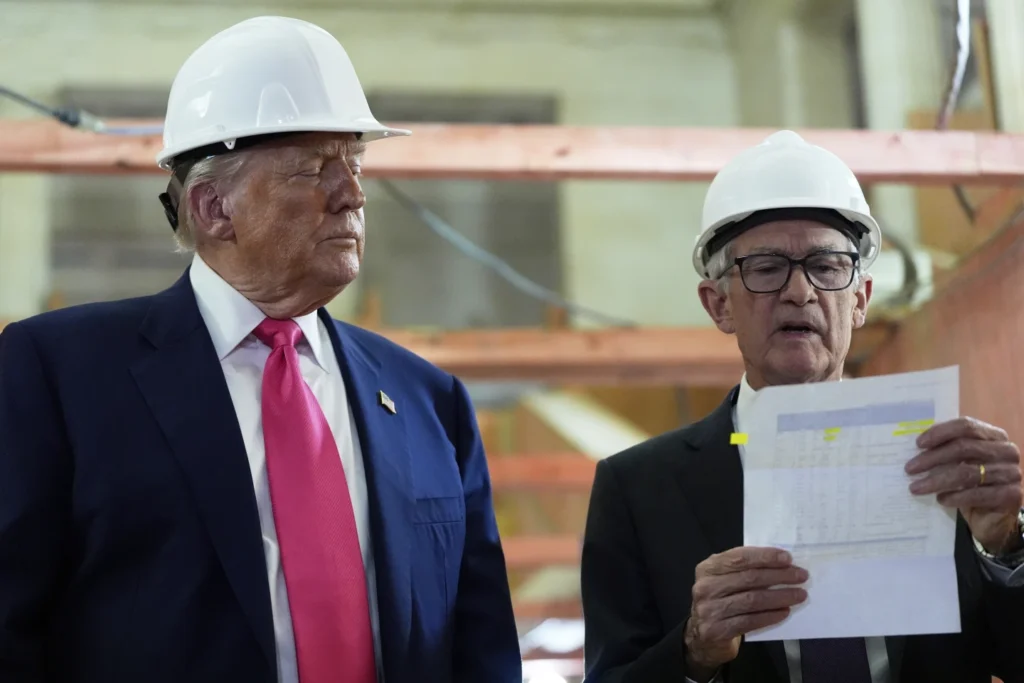
Trump Targets Fed Chair Powell: Quick Looks
- Trump attacks Powell again, urges Fed board to seize control
- Posted message on Truth Social, calling Powell “stubborn”
- Wants 3-point rate cut, despite 2.6% inflation rate
- Powell holding rates at 4.33% amid tariff-induced uncertainty
- Fed’s dual mandate: control inflation, ensure full employment
- Supreme Court ruling limits Trump’s power to fire Powell
- White House probing Fed renovation costs for cause to remove
- Powell’s term ends in May 2026
- Trump seeks lower federal debt costs and cheaper mortgages
- Economists warn drastic cuts could fuel inflation further
Deep Look: Trump Demands Fed Board Oust Powell’s Rate Power
WASHINGTON — President Donald Trump dramatically escalated his feud with Federal Reserve Chair Jerome Powell on Friday, demanding that the central bank’s Board of Governors take over monetary policy decision-making. Trump’s latest demand came via Truth Social, where he labeled Powell as “stubborn” and blamed him for not cutting interest rates in the face of rising economic pressures.
“If he doesn’t substantially lower rates,” Trump wrote, “THE BOARD SHOULD ASSUME CONTROL, AND DO WHAT EVERYONE KNOWS HAS TO BE DONE!”
At the heart of the dispute is the Federal Reserve’s benchmark interest rate, currently averaging 4.33%, which Trump says is too high given the economy’s needs and his newly imposed global tariffs. Trump argues that aggressive rate cuts — by as much as 3 percentage points — would lower borrowing costs for families, businesses, and the government itself.
Yet, the Fed — under Powell’s leadership — has held rates steady in 2025, citing the need to assess how Trump’s new tariffs on imports are affecting inflation. The central bank’s preferred inflation metric, the Personal Consumption Expenditures (PCE) index, is now at 2.6%, above its official 2% target.
Fed Independence Under Fire
Trump’s suggestion that the Board of Governors override Powell’s authority is highly unusual and raises legal and institutional concerns. The Fed operates as an independent body, and while the board technically oversees policy, decisions on interest rates have historically been led by the Fed Chair with consensus from other governors.
Trump’s demand not only upends that tradition but comes after a May 2025 Supreme Court ruling, which confirmed that Powell cannot be removed by the president for mere policy disagreements. The decision prompted White House advisors to explore whether Powell could be dismissed “for cause,” using alleged cost overruns in the Fed’s $2.5 billion building renovation as potential justification.
Political and Economic Stakes
Trump’s growing dissatisfaction with Powell stems from two major political imperatives:
- Economic optics — High rates threaten to cool spending and investment during an election cycle.
- Fiscal strain — As tariffs increase inflation risks, Trump wants cheaper debt service costs for the government.
But economic experts caution that slashing rates in a high-inflation environment could have serious consequences. Injecting too much money into the economy could cause inflation to accelerate beyond control, potentially undermining confidence in the dollar and prompting sharp market reactions.
“There’s a limit to what rate cuts can solve, especially when inflation isn’t contained,” said a former Fed economist.
Powell’s Future and Trump’s Plans
Powell’s term as chair ends in May 2026, after which Trump could appoint a successor — with Senate confirmation. Speculation has mounted that Trump may nominate someone more aligned with his pro-growth, anti-inflation-control monetary philosophy.
In the meantime, Trump’s pressure campaign is expected to continue, especially as the economy reacts to his global tariff policy, growing calls for rate cuts, and the broader uncertainty around central bank independence in a second Trump administration.

